Martin Hlosta
Detection of Disengagement from Voluntary Quizzes: An Explainable Machine Learning Approach in Higher Distance Education
Jul 03, 2025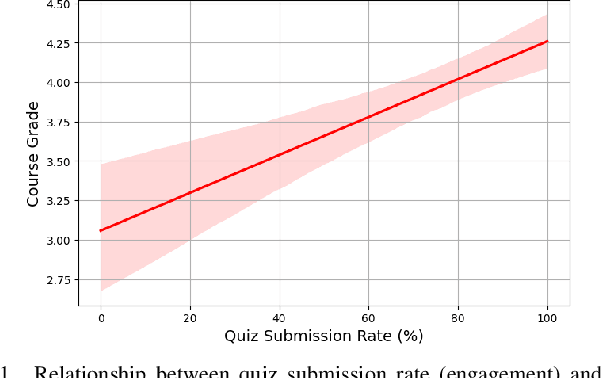
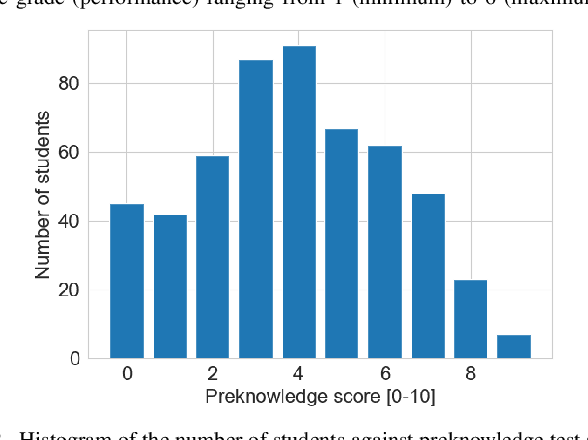

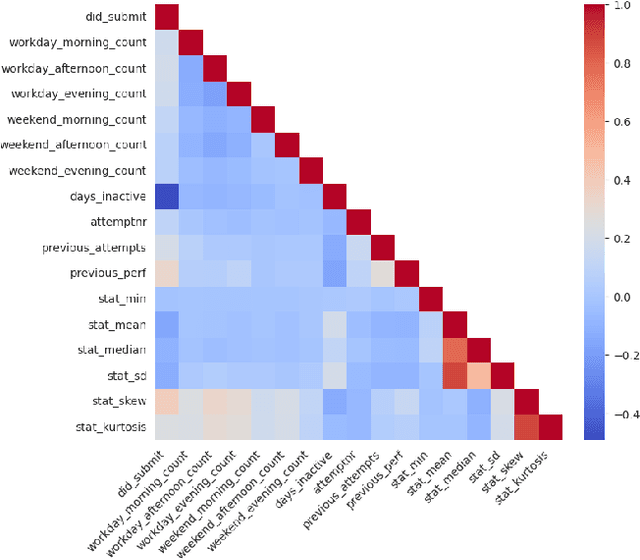
Abstract:Students disengaging from their tasks can have serious long-term consequences, including academic drop-out. This is particularly relevant for students in distance education. One way to measure the level of disengagement in distance education is to observe participation in non-mandatory exercises in different online courses. In this paper, we detect student disengagement in the non-mandatory quizzes of 42 courses in four semesters from a distance-based university. We carefully identified the most informative student log data that could be extracted and processed from Moodle. Then, eight machine learning algorithms were trained and compared to obtain the highest possible prediction accuracy. Using the SHAP method, we developed an explainable machine learning framework that allows practitioners to better understand the decisions of the trained algorithm. The experimental results show a balanced accuracy of 91\%, where about 85\% of disengaged students were correctly detected. On top of the highly predictive performance and explainable framework, we provide a discussion on how to design a timely intervention to minimise disengagement from voluntary tasks in online learning.
Prediction of Dilatory Behavior in eLearning: A Comparison of Multiple Machine Learning Models
Jun 30, 2022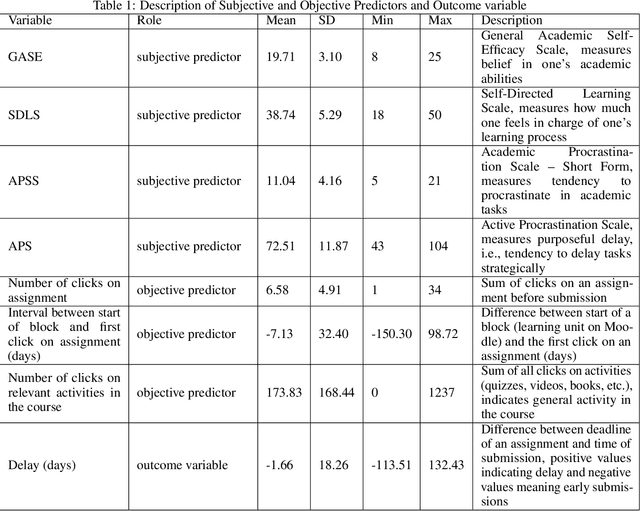



Abstract:Procrastination, the irrational delay of tasks, is a common occurrence in online learning. Potential negative consequences include higher risk of drop-outs, increased stress, and reduced mood. Due to the rise of learning management systems and learning analytics, indicators of such behavior can be detected, enabling predictions of future procrastination and other dilatory behavior. However, research focusing on such predictions is scarce. Moreover, studies involving different types of predictors and comparisons between the predictive performance of various methods are virtually non-existent. In this study, we aim to fill these research gaps by analyzing the performance of multiple machine learning algorithms when predicting the delayed or timely submission of online assignments in a higher education setting with two categories of predictors: subjective, questionnaire-based variables and objective, log-data based indicators extracted from a learning management system. The results show that models with objective predictors consistently outperform models with subjective predictors, and a combination of both variable types perform slightly better. For each of these three options, a different approach prevailed (Gradient Boosting Machines for the subjective, Bayesian multilevel models for the objective, and Random Forest for the combined predictors). We conclude that careful attention should be paid to the selection of predictors and algorithms before implementing such models in learning management systems.
Modelling student online behaviour in a virtual learning environment
Nov 09, 2018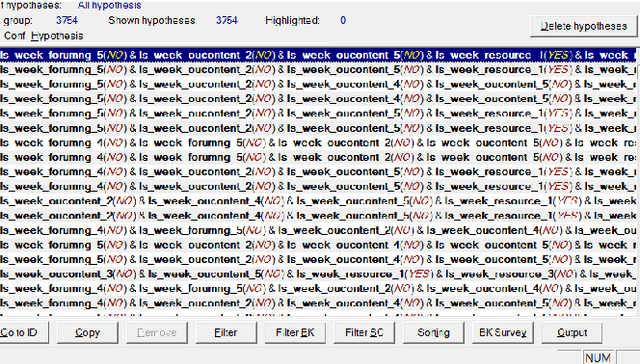
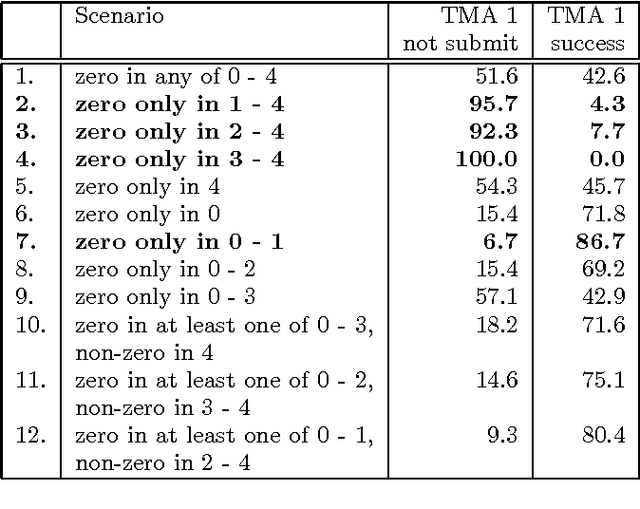
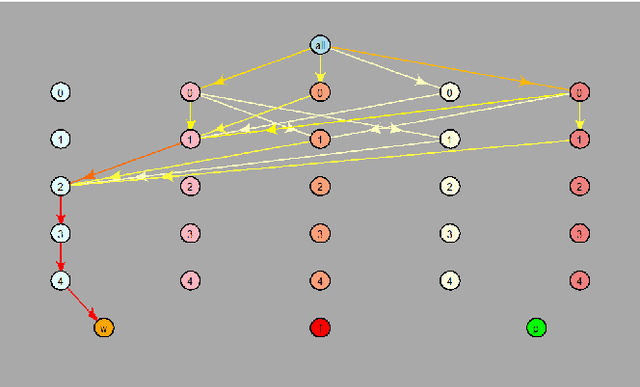
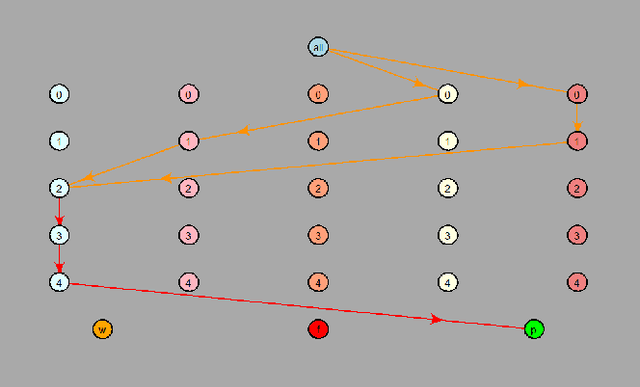
Abstract:In recent years, distance education has enjoyed a major boom. Much work at The Open University (OU) has focused on improving retention rates in these modules by providing timely support to students who are at risk of failing the module. In this paper we explore methods for analysing student activity in online virtual learning environment (VLE) -- General Unary Hypotheses Automaton (GUHA) and Markov chain-based analysis -- and we explain how this analysis can be relevant for module tutors and other student support staff. We show that both methods are a valid approach to modelling student activities. An advantage of the Markov chain-based approach is in its graphical output and in the possibility to model time dependencies of the student activities.
 Add to Chrome
Add to Chrome Add to Firefox
Add to Firefox Add to Edge
Add to Edge